Have you picked up a parenting magazine in your pediatrician’s waiting room recently? What messages did you find - in both content and advertising - about breastfeeding?
Print media may not have the the influence it once did over mothers’ feeding decisions, but pregnancy and parenting magazines remain a significant cultural force in American parenting.
The top four magazines aimed at new parents - Parenting, Parents, American Baby, and Baby Talk - had combined total circulations of about 8 million. That’s two copies for each of the 4 million babies born each year! Fit Pregnancy ranks in the top 10 consumer magazines by nonpaid circulation, as does the Spanish language pregnancy magazine Ser Padres Espera, which - in combination with it’s sister Ser Padres Bebe magazine - had a combined circulation of 1.6 million. And none of this includes the sizeable online audience these magazines have.
So, what do these magazines say about breastfeeding?
One analysis of 615 articles published in parenting, general women’s, and African American magazines from 1997 to 2003 found that:
- The magazines provided more information on breastfeeding than formula feeding.
- Parenting magazines included more “advice” than information on breastfeeding benefits, or the barriers and how to overcome them.
- African American magazines presented more information on breastfeeding benefits than advice or information on barriers.
- Messages were focused on individualized breastfeeding barriers and advice.
- Messages seldom covered social and environmental issues.
- Messages placed much of the responsibility of infant feeding on the mother, while the role of social and partner support was diminished.
- Bottle-feeding images were nearly as common as breastfeeding images.
Did you catch the finding about the responsibility landing solely on the mother’s shoulders and the absence of discussion of barriers to breastfeeding? This is evidence of the bind that mothers have experienced for years - being told to breastfeed and set up to fail, and it’s exactly the culture Best for Babes works to change.
So these are the messages, but how accurate is the information in them? I’ve never seen a review of the accuracy of breastfeeding information in parenting magazines, but I can tell you that I’ve seen quite a few which make me cringe. While the media insists that editorial content is not influenced by advertising, the persistence of negative messages and blatant misinformation has us thinking otherwise. Some media outlets even allow corporate sponsors (e.g. formula companies) to write breastfeeding articles for expecting and new moms, which is a huge Booby Trap.
And then there’s the advertising. We know that pictures speak louder, and have greater influence than words, and it sure is hard to miss the glossy formula ads in pregnancy and parenting magazines. One analysis of pregnancy and early parenting magazines in a one year period from 2006 to 2007 found 173 infant formula advertisements in 77 individual issues of 16 different magazines. We also know that when the U.S. Department of Health and Human Services ran national breastfeeding ads in 2004, infant formula advertising doubled to $50 million per year (far outstripping the breastfeeding ad campaign). During this period, breastfeeding rates actually declined (Please read: HHS Toned Down Breastfeeding Ads, from the Washington Post). Obviously, we need more breastfeeding ads, but while top ad agency Mullen Inc. / Frank About Women donated a stellar breastfeeding ad campaign to Best for Babes - a campaign that is not vulnerable to pressure from formula lobbyists - unfortunately we lack the funds to run it on billboards and bus stations the way it deserves (want to change that? Click here!).
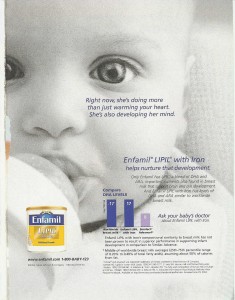
Ads like this are highly effective in persuading readers that formula or is equal or even superior to breastmilk.
The analysis also found that “more than half of all infant formula advertisements made some type of health statement. Health statements varied greatly but generally advertised improvements in gastrointestinal, brain, or eye health; language development; or reduced incidence of allergies, food intolerances, and gastrointestinal disorders” What they don’t say is that these “improvements” are in comparison to older, basic versions of formula, but not breastmilk; the improvements are much greater when babies are breastfed! Formula advertisements are highly successful in manipulating the viewer into thinking that formula is just as good as breastmilk. And of course, all of these advertisements violate the World Health Organization’s Code of Marketing of Breastmilk Substitutes, which prohibits direct advertising to consumers. This Code was developed by international physicians, scientists, epidemiologists and public health experts to protect mothers’ and babies’ right to breastfeed.
There certainly are magazines working to provide evidence-based and independent content about breastfeeding to their readers, and we’ll be writing about them in another post. Not all pregnancy and parenting magazines and websites are created equal!
What have you seen about breastfeeding in popular pregnancy and parenting magazines? Is the information accurate?



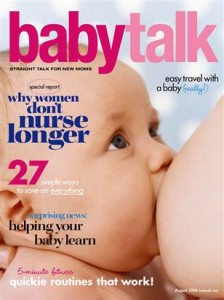
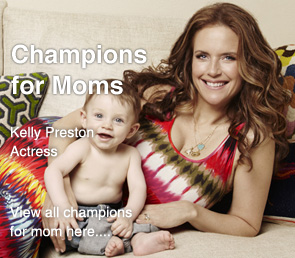
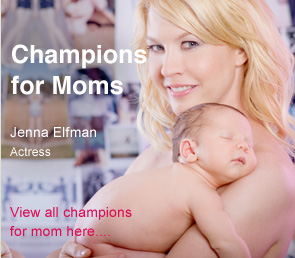
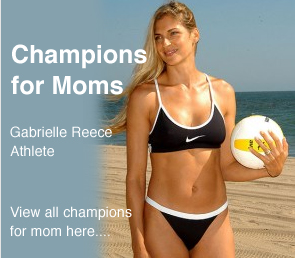
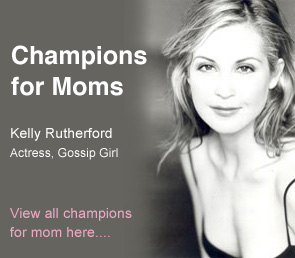
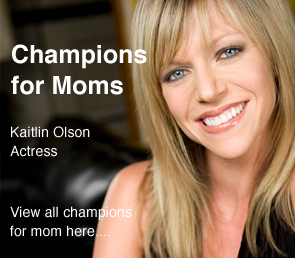
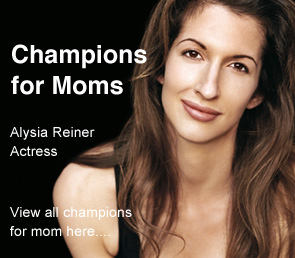
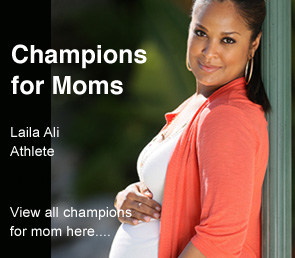
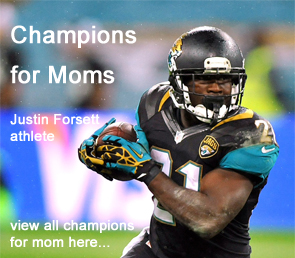
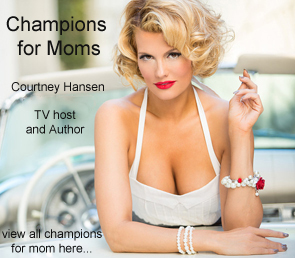
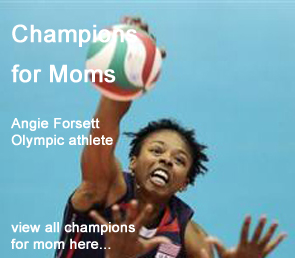
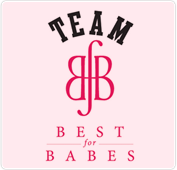
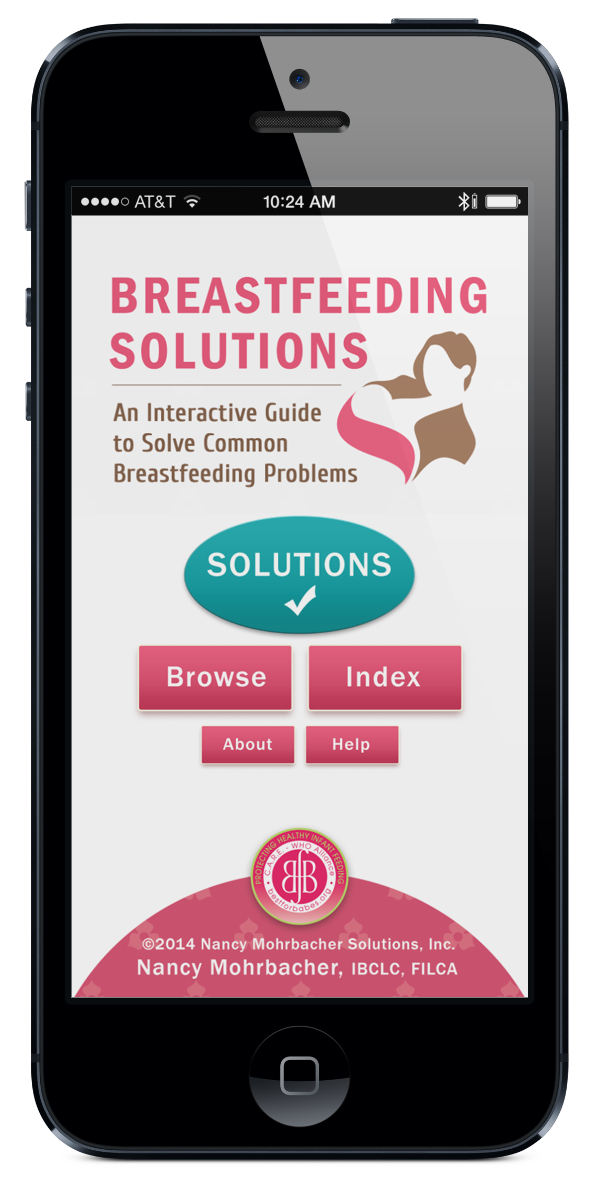
I agree with your findings. I found the same several years ago when looking through these same magazines to see the information and ads.
I’ve written to the editors about my concerns and information about the WHO code. I’ve never once gotten a reply back.
I think it is such a shame that women have such easy access to this type of advertising…..and it is advertising, plane and simple.
I’ve even brought this up to some doctors who keep these magazines in their waiting rooms. It’s like talking to a wall. They don’t really care about the WHO code.
The other huge issue is that these magazines sell the subscribers information to mailing lists. This is how the formula companies get the names and addresses of pregnant women and send formula to their homes. Not only is it a WHO Code violation, it undermines exclusive breastfeeding. The dairy and pharmaceutical industries are huge political lobbiests with tons of money. That is the reason the U.S. hasn’t signed onto the WHO Code. The formula manufacturers also donate significant amounts of money to the AAP so the doctors won’t support anything that would stop that. The general public and parents have no idea about this and are the unwitting pawns of the formula industry.
These popular breastfeeding magazines are definitely not good for women who are on the fence about breastfeeding if they have ads for formula! For women who are dedicated to breastfeeding and know better they will not be swayed as was the case for me. The fact is that they want to make money and sell as many magazines as they can so they cater to everyone, and let the chips fall where they may!
This is refreshing to see brought up as a topic…. and it’s exactly why we offer Green Child Magazine as a free resource to parents. Our readers love knowing they will find not only the scientific facts about breastfeeding, but also the many other benefits mothers have known for centuries.
Formula feeding moms are certainly welcome and supported; however, we understand it would be a disservice to try NOT to offend people and withhold information on all the benefits of mother’s milk. Best of all, as a free resource, all moms can get access to the inspiring and helpful articles we share.